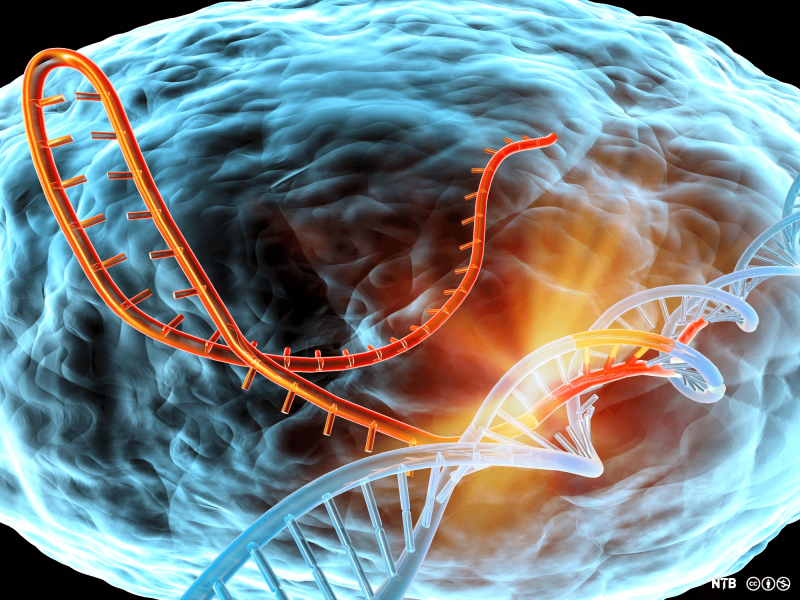A number of genetic disorders are caused by a mutation in a single gene. The power (and precision) of CRISPR is allowing scientists to uproot those conditions from the human genome in a single, life-changing treatment.
CRISPR therapies for blood disorders, like sickle cell disease and beta thalassemia, were among the first to reach human trials, and early results have been encouraging.
Patients are recovering from potentially fatal illnesses that caused chronic pain and required regular treatment. The fact is, just 10 years on from its discovery, CRISPR is saving people’s lives. The first CRISPR therapies for blood disorders could be approved as early as this year (2023).
Practically any disease with a genetic component could potentially have a CRISPR treatment. Trials are underway for conditions as diverse as blindness, cancer, diabetes and HIV/AIDS.
Illnesses such as heart disease and dementia could also be targeted, because researchers aren’t just studying genes that cause disease – they’re also looking for ways to insert protective DNA into the human genome.































